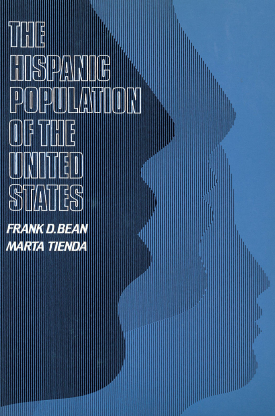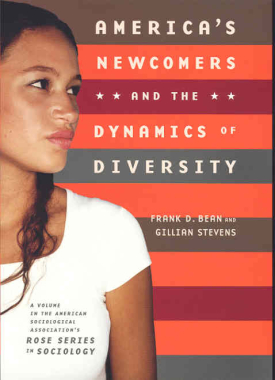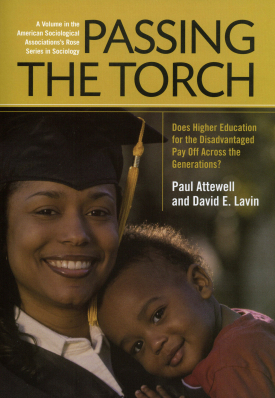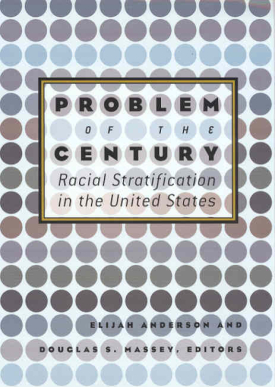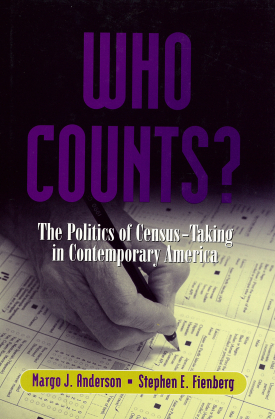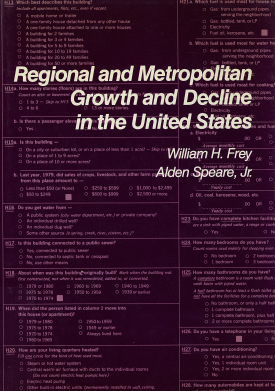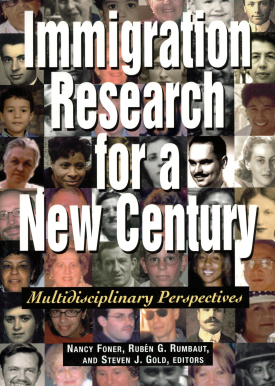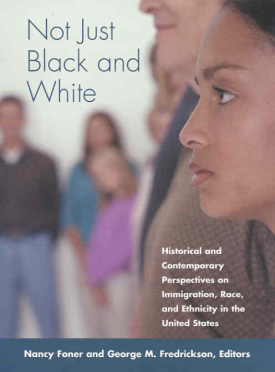American Women in Transition
About This Book
This is the first in a series of eighteen projected volumes, to be published over the next two years, aimed at converting the vast statistical yield of the 1980 Census into authoritative analyses of major changes and trends in American life. A collaborative research effort, funded by public and private foundations, this series revives a tradition of independent Census analysis (the last such project was undertaken in 1960) and offers an unparalleled array of studies on various ethnic, geographic, and status dimensions of the U.S. population.
It is entirely appropriate that the inaugural volume in this series should document trends in the status of American women. Dramatic social and demographic changes over the past two decades make American Women in Transition a landmark, an invaluable one-volume summary and assessment of women's move from the private domain to the public. Clearly and in detail, the authors describe women's increasing educational attainment and labor force participation, their lagging earning power, their continued commitment to marriage and family, and the "balancing act" necessitated by this overlap of roles. Supplementing 1980 Census data with even more recent surveys from the Census Bureau and other federal agencies, Bianchi and Spain are able to extend these trends into the 1980s and sketch the complex challenges posed by such lasting and historic changes.
This definitive and sensitive study is certain to become a standard reference work on American women today, and an essential foundation for future scholarship and policy concerning the status of women in our society.
SUZANNE M. BIANCHI is a demographer at the Center for Demographic Studies at the U.S. Bureau of the Census.
DAPHNE SPAIN is assistant professor of sociology and urban planning at the University of Virginia.
A Volume in the RSF Census Series

